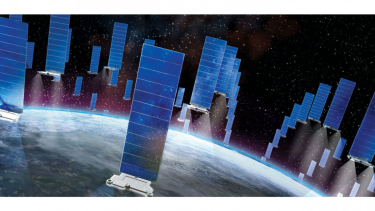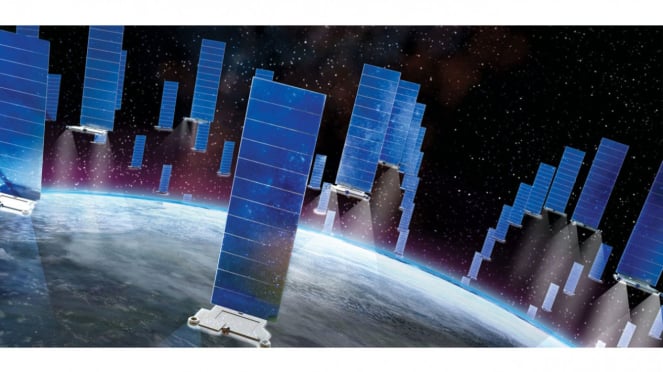- Instagram @prantariksa_brin
VIVA – An Astronomy Researcher or scientist from Indonesia at the National Research and Innovation Agency or BRIN, Thomas Djamaluddin talks about the space rubbish phenomenon. He said, there are currently tens of thousands in orbit the size of a fist.
In the Instagram live broadcast 'Dialogue, Chat, Scientific Facts in Space Science on Monday, August 29, 2022, Thomas Djamaluddin said space debris is affected by Earth's gravity.
"Antarctic debris is influenced or controlled by Earth's gravity. But some are forever orbiting the Earth due to the effect of air resistance," Thomas Djamaluddin said.
Space debris is used as fragments of rockets that collide or for other reasons. It could also be from a satellite that is not operating.
The potential dangers from space debris are divided into two, in orbit and on the Earth's surface. The object has the potential to collide with an active satellite even though this has never happened.
However, the current conditions are so dense, making a potential collision possible.
"Second, the potential danger when it falls to the Earth's surface. Indeed, they vary in size and can even be tons, even though they then break apart when they enter the atmosphere. But there are also quite large ones," Thomas explained.
Some even crashed in Indonesia, as in 1988, where they were Russian rocket fuel canisters with a diameter of 1.5 meters.
Ribuan satelit menguasai orbit Bumi.
- Science News
Then, in 2004, a slab of rocket material fell in Bengkulu. Then in 2016 about five to six fell in the Madura’s water of SpaceX.
In 2017, two pieces fell in West Sumatra, a former 50 cm fuel canister and a two-meter slab. Then what recently happened, where a Chinese rocket crashed in Kalimantan.
"The potential danger is seen from the diameter. Then the potential for fall is very wide, the possibility of falling in the sea, forest, or desert far from settlements. So, the potential for harm is small, even though if people look at the object that falls it is large," Thomas explained.
While there are no more rockets that run on nuclear fuel, people need to be on the lookout for residual residues from toxic fuels.
But usually, when it enters the atmosphere and then bursts and burns, the remnants of toxic rocket material are generally burned out.
Thus, objects that fall on Earth are generally harmless and contain no radiation. However, if the public finds a fallen object, they are advised not to touch it because it needs to be identified first and then it will be evaluated whether the object contains hazardous materials or not.





















